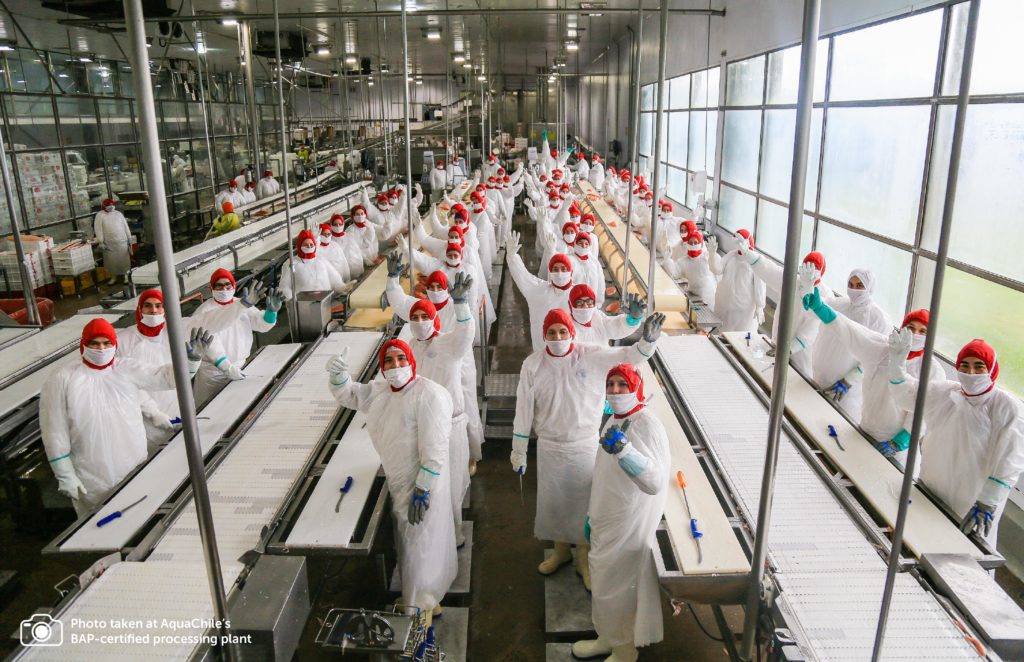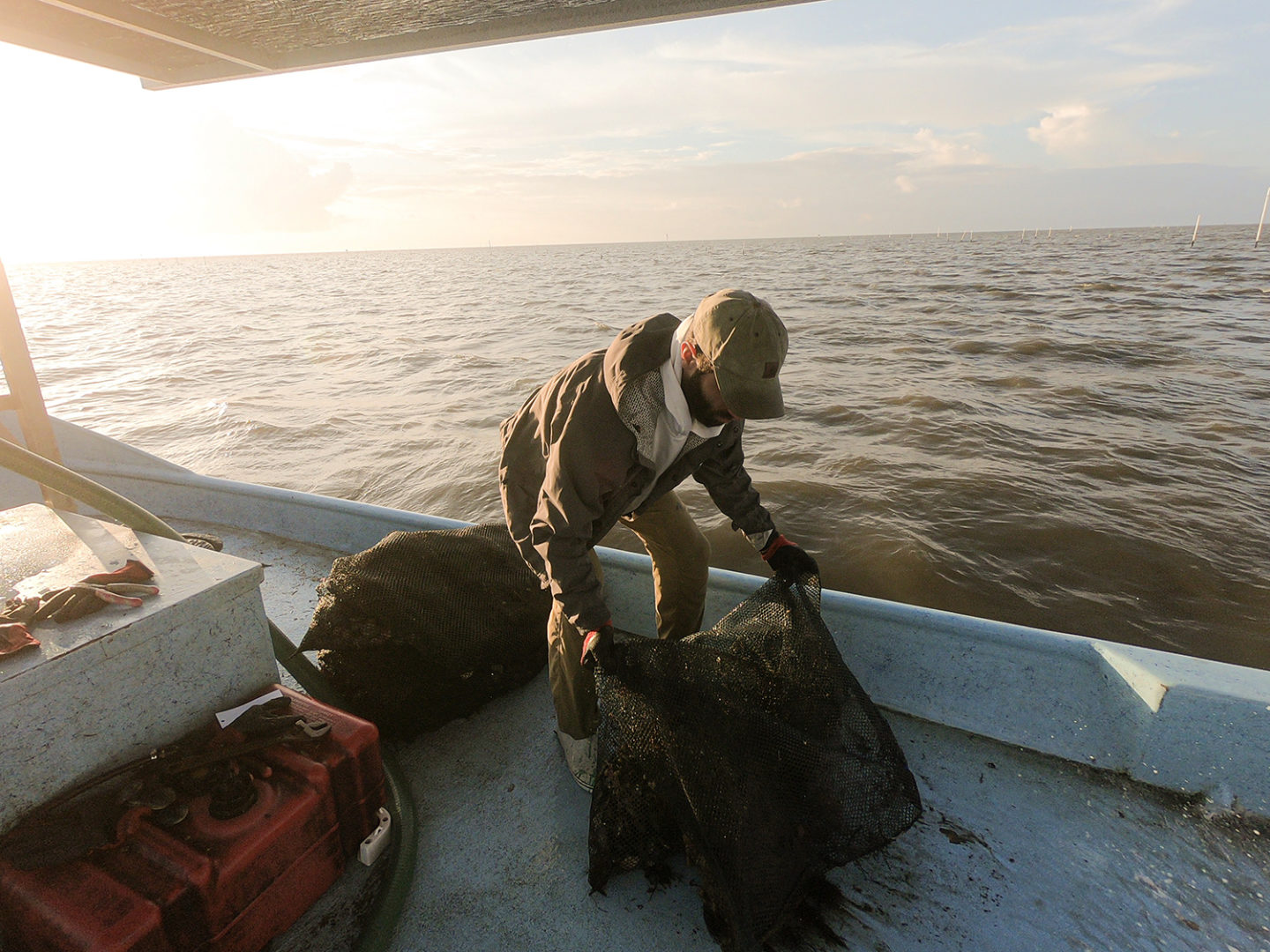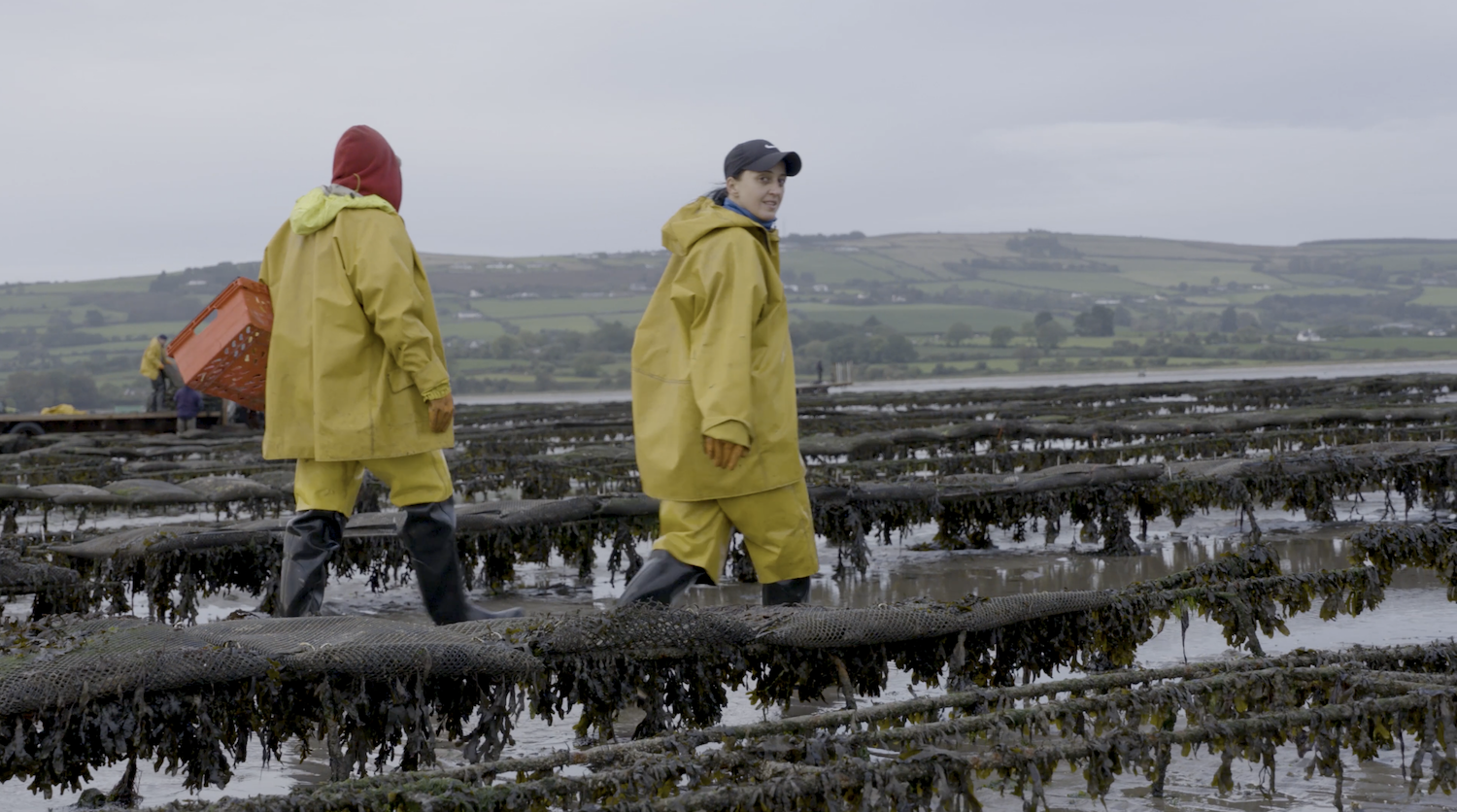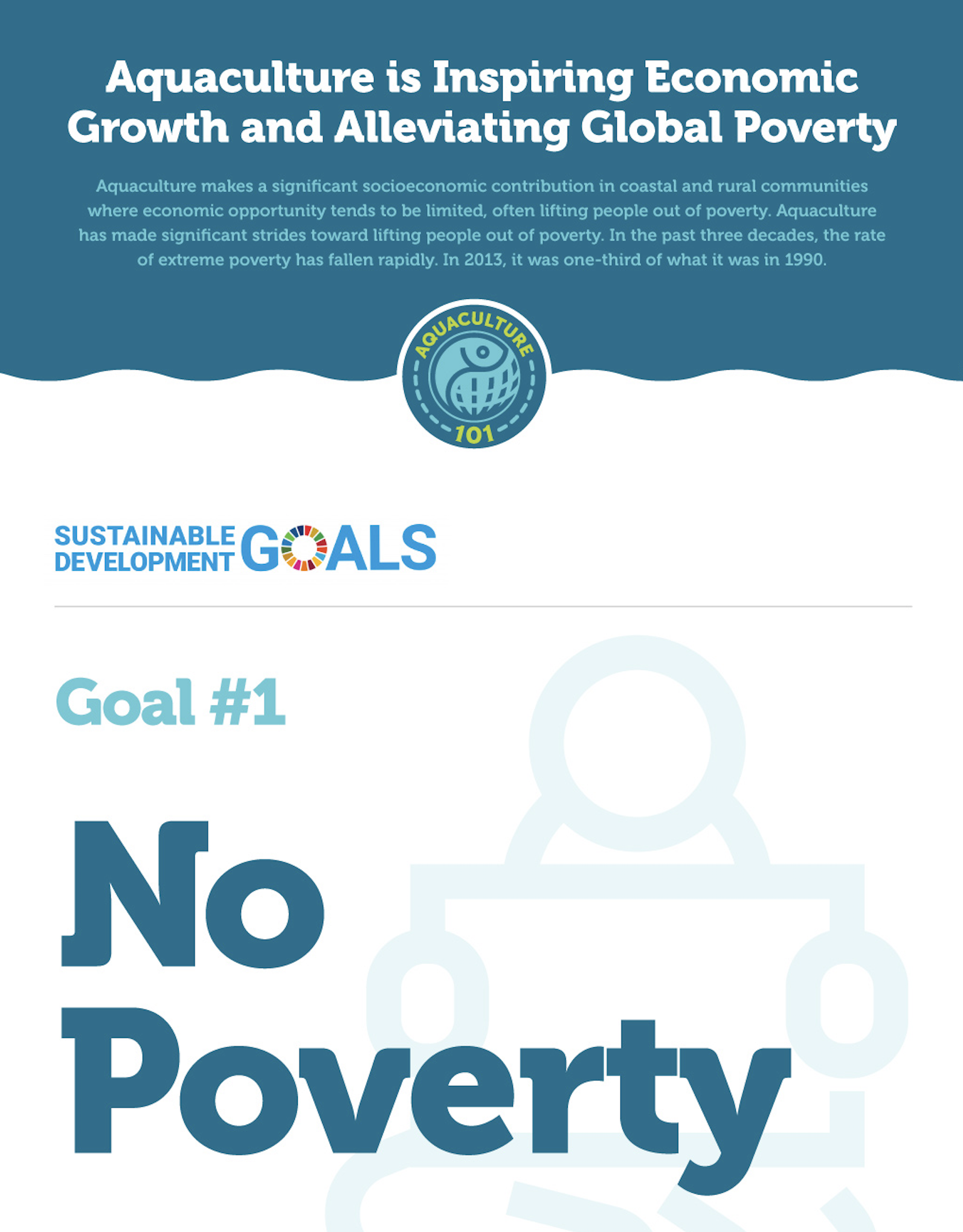Aquaculture is Inspiring Economic Growth and Alleviating Global Poverty
 Editor’s note: Aquaculture 101 is a campaign run by the Global Seafood Alliance to educate the public about the basics of aquaculture, to disseminate information in an easily understandable way. The campaign dispels myths and gives facts about the promising future of the industry. In 2020, the focus of Aquaculture 101 is on the alignment of aquaculture with the United Nations Sustainable Development Goals (SDGs). Each month we will delve into one of the SDGs and explore how aquaculture relates. Check out the hashtag #Aquaculture101 on social media for more information.
Editor’s note: Aquaculture 101 is a campaign run by the Global Seafood Alliance to educate the public about the basics of aquaculture, to disseminate information in an easily understandable way. The campaign dispels myths and gives facts about the promising future of the industry. In 2020, the focus of Aquaculture 101 is on the alignment of aquaculture with the United Nations Sustainable Development Goals (SDGs). Each month we will delve into one of the SDGs and explore how aquaculture relates. Check out the hashtag #Aquaculture101 on social media for more information.
Background of SDGs
In 2015, United Nations (UN) member states convened and agreed upon 17 goals known as the Sustainable Development Goals (SDGs). These goals are designed to guide citizens of the planet in a direction that will support future generations of people and animals to live and meet their respective needs in the face of a changing climate. The UN describes the SDGs as “an urgent call for action by all countries — developed and developing — in a global partnership. They recognize that ending poverty and other deprivations must go hand in hand with other strategies that improve health and education, reduce inequality and spur economic growth — all while tackling climate change and working to preserve our oceans and forests.”
What does this goal mean? Why is it important?
The first and eighth SDGs go hand in hand – zero poverty, and decent work and economic growth. In order to achieve no poverty, stimulating the economy with decent jobs, particularly in rural areas, must be prioritized.
 The first SDG is to end poverty in all of its forms everywhere. People living in poverty face entrenched deprivation, which is often exacerbated by violent conflicts and vulnerability to disasters. This makes it incredibly difficult to come out of poverty.
The first SDG is to end poverty in all of its forms everywhere. People living in poverty face entrenched deprivation, which is often exacerbated by violent conflicts and vulnerability to disasters. This makes it incredibly difficult to come out of poverty.
SDG No. 8 is to promote sustained, inclusive and sustainable economic growth, full of productive employment and decent work for all. The more economic opportunities there are, the more attainable zero poverty will be.
Global extreme poverty has declined in recent years, but the rate of decline has slowed. Strong social protection systems and government spending on services are a way to help impoverished people back on their feet. Services that have shown success in the past should be brought to scale globally to ensure no one is left behind. Addressing these goals will require inclusive and sustainable economic growth. This will drive development and move along the progress towards reaching all 17 SDGs.
How does aquaculture measure up?

Aquaculture is a fantastic solution in the fight against poverty for many reasons. The outputs of the industry align and intersect with SDGs Nos. 1 and 8. First, when people don’t have jobs or income, nutritious food can be hard to come by. Aquaculture not only creates nutritious food locally, but also employs impoverished people in the process. The industry, most notably when involved in rural communities, can contribute to these goals by generating jobs and healthful food.
Aquaculture makes a significant socioeconomic contribution in coastal and rural communities where economic opportunity tend to be limited, often lifting people out of poverty.
For example, in the Mwenezi district of Zimbabwe, the availability of employment was declining due to climate change. NGOs stepped in to promote and implement fish farming in the communities, which then increased food security, the amount of local jobs and household income while generating local support.
How do GSA/BAP apply?
 An important qualification of these goals is the term “decent” work. If many jobs are available but companies do not treat their employees fairly, then that does not accomplish the goal. Social accountability is something that we do not take lightly, especially in the Best Aquaculture Practices certification standards. The social accountability component of the BAP standards ensure fair treatment of workers and that their rights are not infringed upon. You can read more about them here.
An important qualification of these goals is the term “decent” work. If many jobs are available but companies do not treat their employees fairly, then that does not accomplish the goal. Social accountability is something that we do not take lightly, especially in the Best Aquaculture Practices certification standards. The social accountability component of the BAP standards ensure fair treatment of workers and that their rights are not infringed upon. You can read more about them here.
GSA’s education, advocacy and certification work can both help identify and support such opportunities, while ensuring they are delivered responsibly and fairly. Additionally, the GSA Films initiative spotlights many fish farmers and what they are doing in their communities.
What you can do
The social background of food products is more difficult to learn about than their health and safety backgrounds. When possible, support businesses that treat their workers fairly.
Conclusion
The industry of fish farming can provide jobs and income to those who need money to buy nutritious food. Additionally, aquaculture can bring food products to existing food deserts which might not otherwise have easy access to food. Aquaculture, among other things like governmental programs and NGO assistance, can be a force for good in accomplishing UN Sustainable Development Goals Nos. 1 and 8.
Read more of our Aquaculture 101 series and check it out on social media with the hashtag #Aquaculture101!
View the full Aquaculture is Inspiring Economic Growth and Alleviating Global Poverty infographic.





